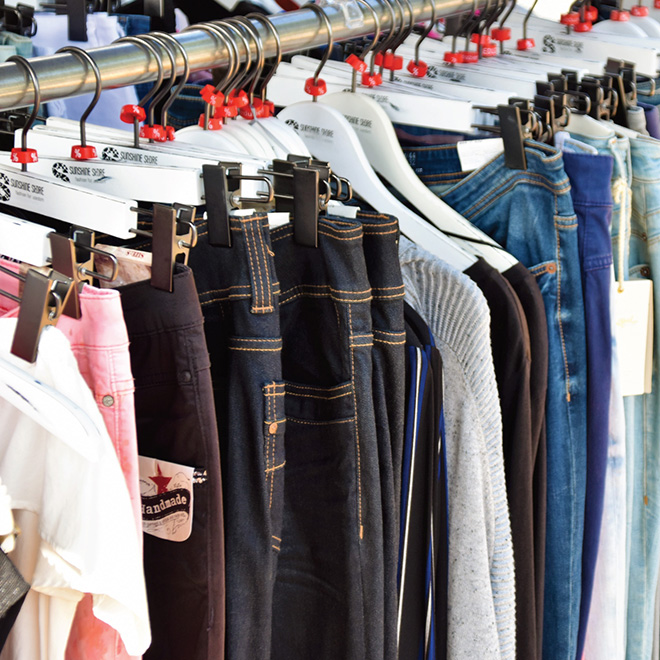
Will Circular Commerce Drive Traffic to Stores?
Unveiling the Impact of Resale Trends on Consumer Behavior and Retail Strategies
Estimated Read Time: 2 - 3 Minutes
Resale is not just a passion trend; it’s a thriving market projected to reach over $353b by 2030, up 154% from 20201. When you think of resale, your mind naturally goes to secondhand apparel. Secondhand apparel does account for a big piece of the pie and is expected to grow 16x faster than the market for new apparel by 2026 – but these upward trends in resale are occurring across all retail categories2. They aren’t exclusive to Goodwill, specialty thrift stores, and online marketplaces either. Big-name brands like Home Depot, Dick’s, REI, and Ikea are hopping on board, offering customers buyback, secondhand, and rental programs, signaling a broader shift towards sustainability in commerce.
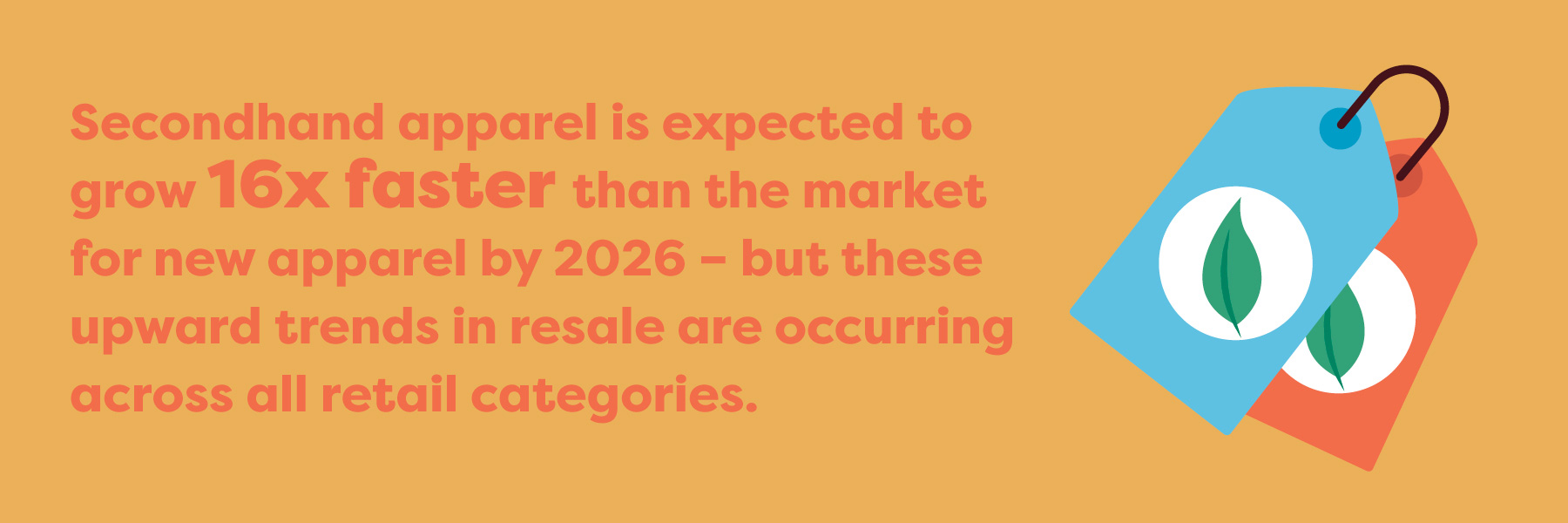
The Circular Ecological System: A Sustainable Approach
Resale supports a circular ecological system, diverting items from landfills and placing them into the hands of a new owner. Beyond the fashion realm, this market approach is gaining momentum in diverse sectors, creating a more sustainable retail environment. By reducing the need for virgin materials, energy, and water, resale minimizes pollution and waste and preserves natural resources. This shift is crucial as the world grapples with overconsumption. At our current rate of consumption, the world would need 1.8 Earths to keep up. If everyone lived like we do in the US, that number jumps to 5.1 Earths3! Resale presents a great opportunity to cut down on overconsumption and create a more sustainable retail environment. And it isn’t only consumers and the environment who will benefit, but brands too.
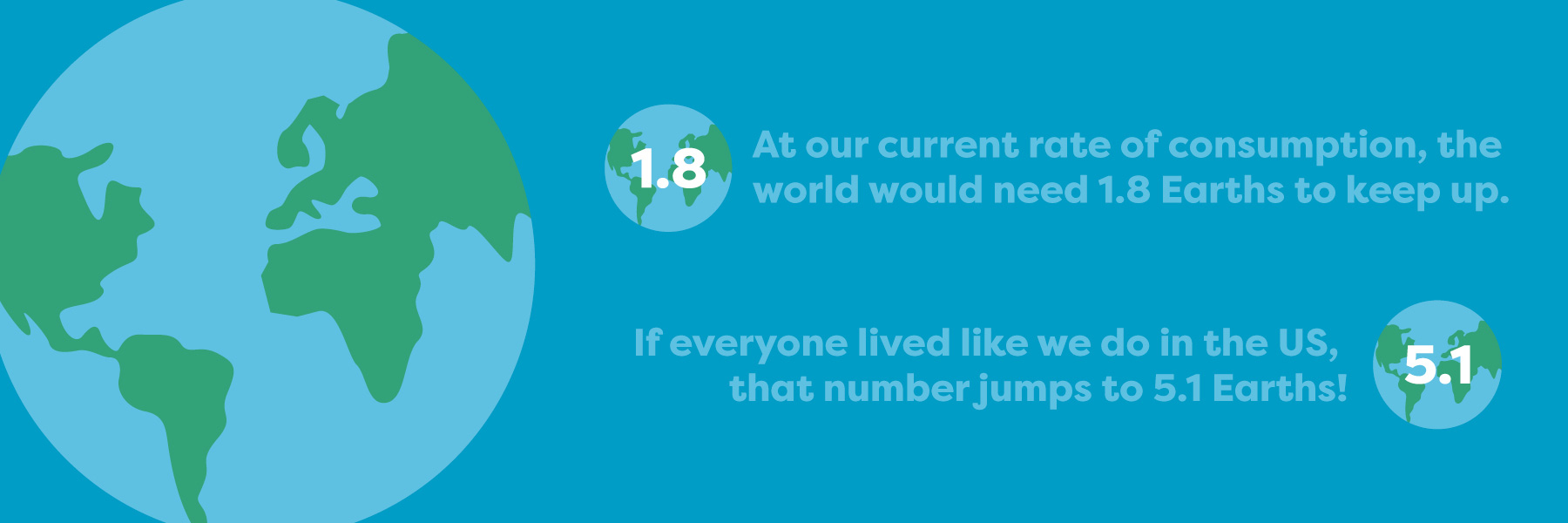
To explore consumer attitudes towards resale, we conducted a survey asking 2,500 consumers across multiple generations to tell us about their habits when it comes to shopping, buying, selling, or trading used products. The results were powerful. Over 71% of respondents said that they participate in shopping for used merchandise at least once a month – 11% participate daily, 26% weekly, and 33% monthly. Turns out, the motivation to shop secondhand is connected to many factors, like fun, ‘treasure hunting,’ price, and of course, ecological benefits.
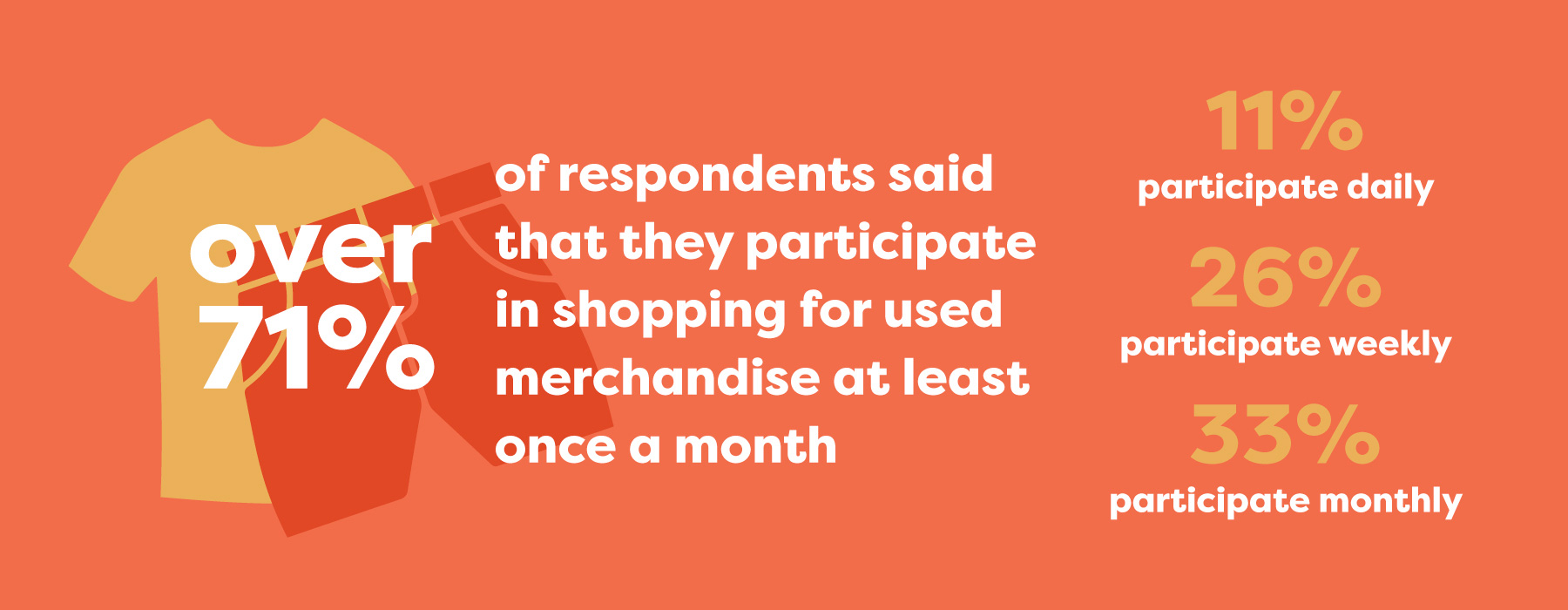
Resale’s Potential Impact on In-Store Traffic
As consumer demand continues to veer more towards sustainable shopping, brands have an opportunity to align with consumer values and introduce greener options. But could the opportunity for brands introducing resale be even bigger? Due to the rise in e-commerce, retailers have been struggling for over 25 years to garner foot traffic to their stores. In many cases, this decline has required them to close the doors to one of their biggest sources of profit. We’re finding that resale is potentially a lot more profitable in-store than online – think photo shoot, double ship, and repackaging of items. All of this begs the question: if done right at the store level, can resale drive foot traffic back to stores?
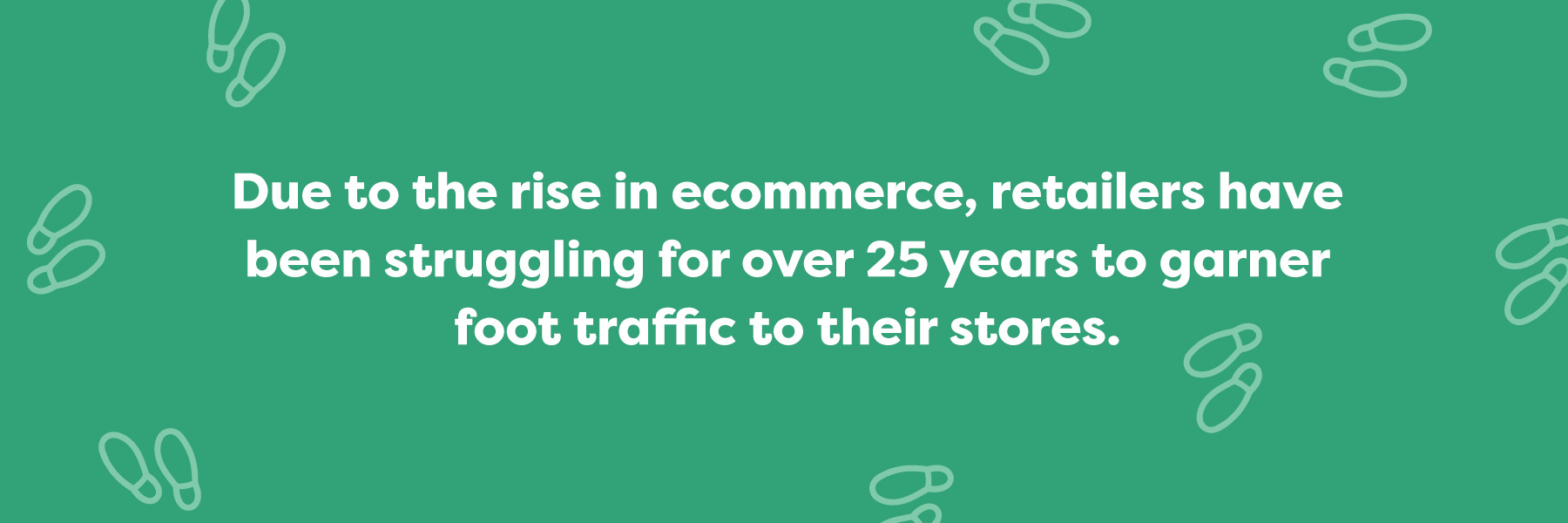
We encourage you to read our full white paper, Can Resale Save the Store?, which reveals the full results of our findings with learnings and implications for retailers of all stripes.

 Tara Yavorsky
Tara Yavorsky Lee Peterson
Lee Peterson


